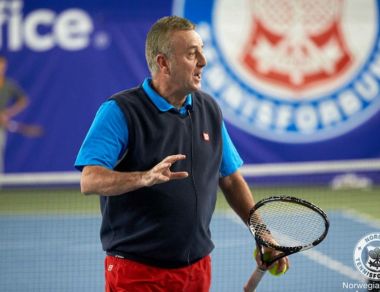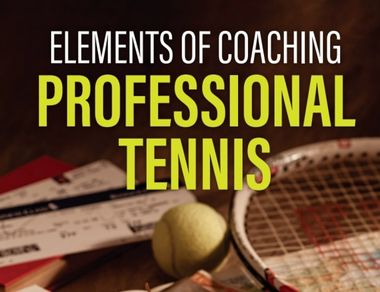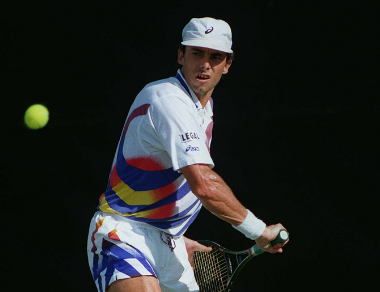There exists a very exclusive club of tennis coaches; a club whose members have trained a junior player to a Grand Slam title. Members include Toni Nadal (Rafael Nadal), Ian Barclay (Pat Cash), Antonio Martinez (Juan Carlos Ferrero), Luis Bruguera (Sergi Bruguera), Larry Passos (Gustavo Kuerten), Lennart Bergelin (Bjorn Borg), Nick Bollettieri (Andre Agassi) and Ronnie Leitgeb (Thomas Muster).
One thing that I have found quite interesting about Ronnie Leitgeb’s coaching background is that he does not come from the traditional tennis coaching pathway. Ronnie Leitgeb’s sports history is that of a professional figure skater. However, Leitgeb did have knowledge of tennis as he was a sports radio commentator. It was thanks to Wojtek Fibak who linked Leitgeb and Muster together. Ronnie Leitgeb may not have had technical knowledge of tennis, but he possessed a great vault of information in sports science and mental training. Plus, Leitgeb brought an Olympian work ethic to training that was uncommon to most tennis coaches at the time.
ELITE: How did you deal with Muster on the disappointment of the car accident which tore up his knee?
Leitgeb: The mindset I had with Thomas after the accident was, we were not going to wait for a normal rehab. Ok, you have a damaged knee, but it does not mean that you can not improve in your upper body, or mental training or tactics. The challenge was to see how we could improve in other areas.
Tennis is a complex sport that involves dedication to four areas: technique, tactic, physical conditioning and mental. When you improve in one area, you find you need to improve in another area. Or to put it another way, if a player is losing close matches in the final set it might be mental, or it could also be that he is not fit enough.



